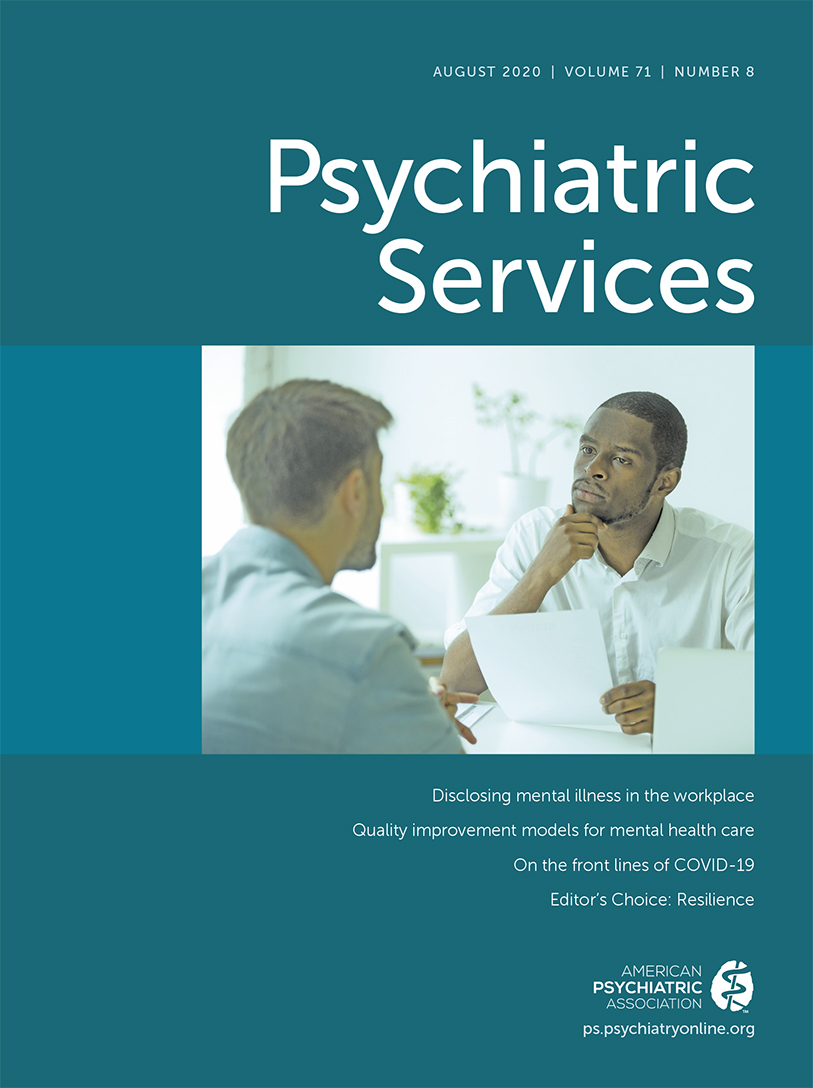Rural-Nonrural Differences in Telemedicine Use for Mental and Substance Use Disorders Among Medicaid Beneficiaries
Abstract
Objective:
This study investigated recent rural-nonrural trends in the prevalence and amount of mental and substance use disorder telemedicine received by adult Medicaid beneficiaries.
Methods:
An analysis of 2012–2017 claims data from the IBM MarketScan Multi-State Medicaid Database for adult beneficiaries ages 18–64 years with mental and substance use disorder diagnoses (N= 1,603,066) identified telemedicine services by using procedure modifier codes and ICD-9 and ICD-10 diagnosis codes. Unadjusted trends in telemedicine use were examined, and multivariate regression models compared the prevalence and amount of telemedicine and in-person outpatient treatment received by rural (N=428,697) and nonrural (N= 1,174,369) beneficiaries and by diagnosis.
Results:
Rates of telemedicine treatment for mental and substance use disorders among Medicaid beneficiaries increased during the study period but remained low. Among rural beneficiaries, there was a 5.9 percentage point increase in telemedicine for mental disorders and a 1.9 percentage point increase in telemedicine for substance use disorders. After control for other individual characteristics, rural beneficiaries were more likely than nonrural beneficiaries to receive any telemedicine for mental disorder (2.2 percentage points more likely) or substance use disorder (0.6 percentage points) treatment. Receipt of telemedicine was associated with receipt of more in-person outpatient services by rural beneficiaries (11.2 more visits for mental disorders and 8.2 more for substance use disorders).
Conclusions:
Although provision of telemedicine for mental and substance use disorders increased during the study period and was somewhat more common among rural Medicaid beneficiaries, it remains an underused resource for addressing care shortages in rural areas.




